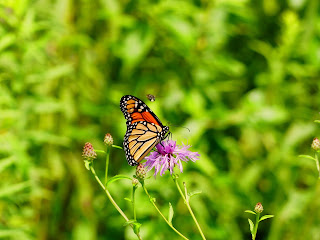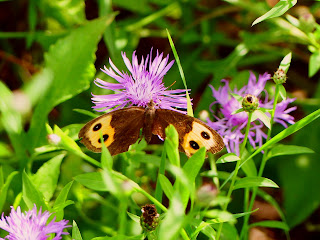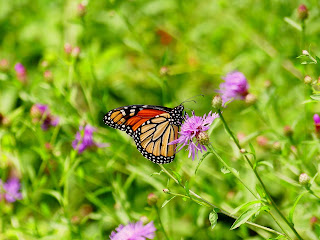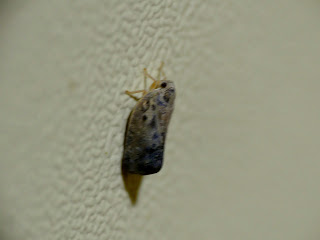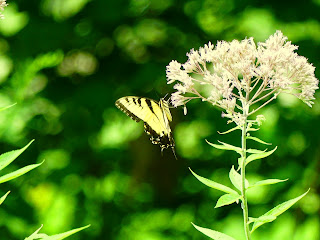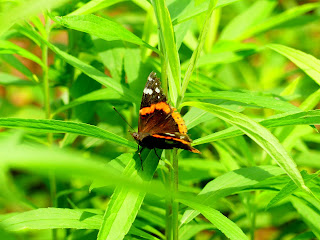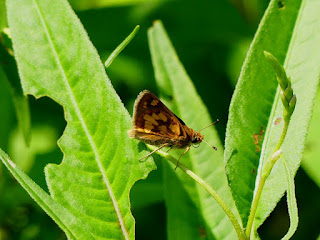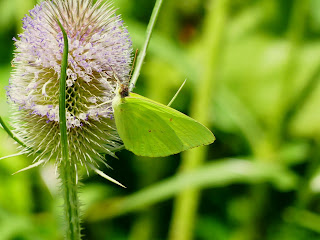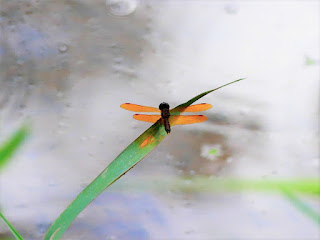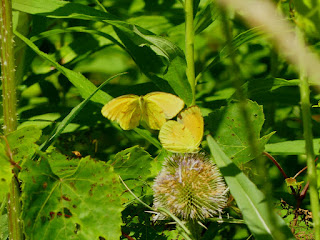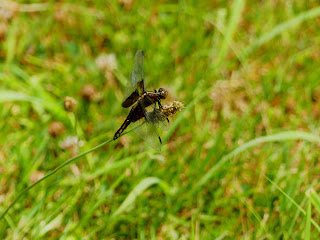Black Diabrotica

I saw small insects scurrying around on some flowers that I believe are Black Diabroticas . At least they look similar, and iNaturalist shows no similar insects with which they're easily confused. This is a better look at them than you'd get from the naked eye; I used the magnification lens I add to my camera. I'm not sure I would have noticed a single one, but when a bunch of them are on a flower they can get your attention. I didn't see articles about them out on the web, so I don't have a lot of information about them. They're considered leaf beetles. I assume most of their relatives eat leaves, and while these guys seemed to be eating flower petals, petals are considered modified leaves. (Don't confused these guys with pollinators that help plants; these insects were eating it.) Plants in the aster (aka daisy aka sunflower) family are on their menu. Their closest relatives (same genus) is a larger, more colorful beetle generally considered to be agricul




